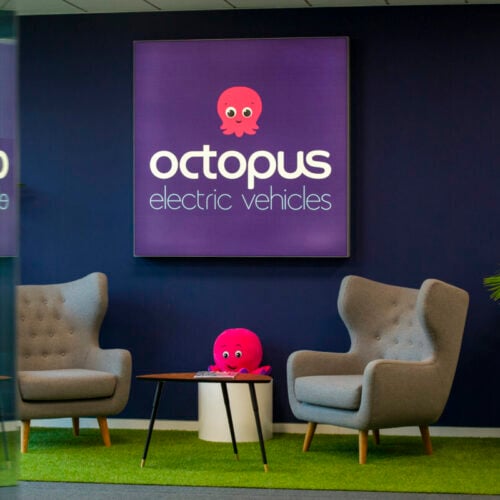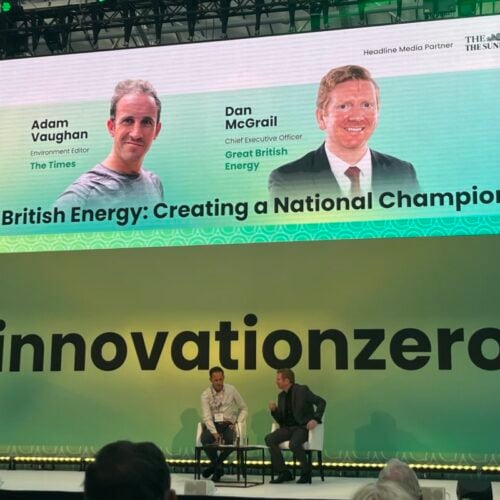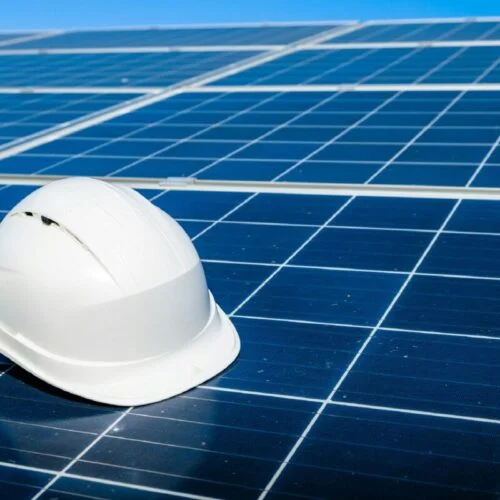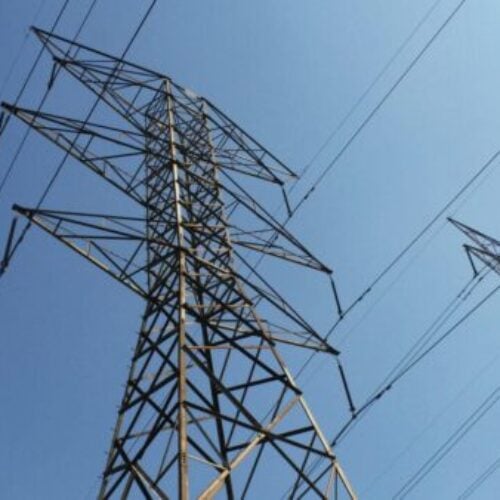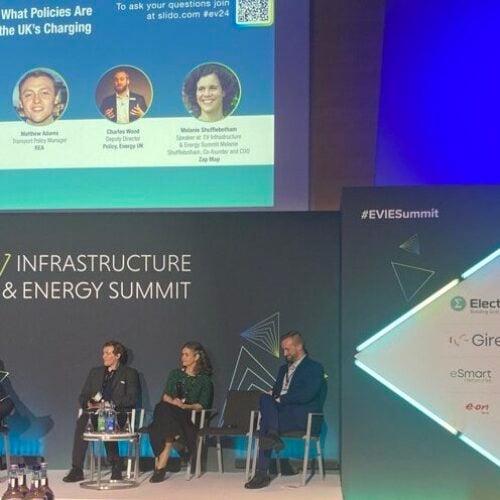National Grid ESO recently released its Future Energy Scenarios (FES) report, with one major change: Future Energy Scenarios (FES) 2024: ESO Pathways to Net Zero presents three ‘pathways’ to net zero, an evolution of the previous format that set out ‘scenarios’.
This new framework moves from reactive scenarios to strategic network planning and is, according to the ESO, reflective of the impending deadline for net zero. The report’s key message is: “Decisive action is needed within the next two years to deliver the fundamental change required for a fair, affordable, sustainable and secure net zero energy system by 2050.”
Carbon capture and storage (CCS) is used in all pathways to net zero modelled by the ESO, across the decarbonisation of power (low carbon dispatchable power), industry, hydrogen production (gas reformation) and negative emissions technologies.
Further, all of the potential routes to net zero use varying levels of bioenergy with carbon capture and storage (BECCS) to act as a source of net negative emissions.
To understand more about the way that FES maps the future and what effect the pathways have on the electricity system for distributors and consumers, Current± spoke to Jonty Haynes, principal analyst at Regen.
The non-profit energy organisation is focused on delivering the energy transition “as quickly as possible but also as fairly as possible”, Haynes said. There has been some interest in what can be done to develop low or zero carbon technologies over the last 20 years, but now it is crunch time.
With barely 25 years until 2050, guidance on the national level is crucial to understanding how to achieve targets, “what we should be focusing on”. Haynes figured the timeline to 2050 for most people as “one new boiler, or one or two new cars away – that is the timescale we are working on”.
From a commercial perspective, Regen works with distribution networks on their – much more localised – distribution future energy scenarios. Inevitably, these need to be tied together, and tied to what the FES is saying on a national level. The assumptions supporting them all are shared, they use the same pathways, says Haynes.
Given that CCS technology has consistently failed to deliver on the timelines that have been projected for the last 10-15 years, it was somewhat surprising to see such an emphasis on the technology in the pathways. However, Haynes pointed out that at the moment the UK is off target for a zero carbon energy system by 2050, meaning that any FES that meets the goal will “involve a bit of a leap of faith”.
“There is a huge reliance I am not particularly comfortable with on bioenergy with carbon capture. It adds in that carbon counting, arguably trickery, and there are all those questions around sustainability.”
Still, Haynes told us that even Regen’s modelling – used in its “Day in the life of 2035” report – has to make some ambitious assumptions, for example that wind will be interconnected throughout the country in the near future; “there is always going to be something that seems a bit unreasonable”.
Indeed, the ESO’s FES presents both angles: how we will likely achieve 2050 goals, but also what we need to do in order to achieve them. Haynes sees a “glaringly obvious gap in what is needed in these pathways versus what is currently being developed and deliverable. So maybe it’s an indication for Labour to sort of push more support in that direction.”
Grid flexibility to enable zero carbon electricity
Energy storage has the potential to solve a large proportion of the grid connectivity issues being felt across the industry, enabling efficient draw from variable generation like solar and wind. However, it is absent from the Labour government’s far-reaching pledges about renewables technology rollout.
All of the ESO’s pathways count on storage —including battery storage, pumped hydro storage (PHS), compressed air energy storage (CAES) and liquid air energy storage (LAES)— which each pathway expecting 23-30GW of electricity storage to connect into the system by 2030.
This figure is far below what the UK’s battery storage pipeline is projected to be: In May, RenewableUK stated the UK’s battery storage pipeline (including projects that are operational, under construction, consented to, or being planned) had reached 95.6GW.
According to Haynes, the disparity reflects the uncertainty about battery storage—uncertainty that is partly caused by the size of the pipeline. “It is very hard to translate that pipeline of development into what might actually be seen on the ground in 10, 15 years. Inevitably, with those kind of markets, once a bunch of them get developed the attractiveness developing the remainder diminishes; the market is saturated and there is more cannibalisation of prices.
“I think the pipeline is a really good indicator of how much interest there is in developing battery storage in the UK, but the absolute headline gigawatt figure is slightly misleading.”
Haynes said he would not be surprised if the FES figure is conservative, though. If CCS continues to fail to deliver, other technologies will have to step up to work in the energy system. A benefit of the FES being produced annually is that it can be relatively agile. Year on year, it does feature some big changes and there is a likelihood that, given the acceleration of battery uptake during 2024, the pathways will reflect the growing role of battery storage in the UK.
Demand side flexibility: a viable balance?
FES 2024 calls for high levels of consumer flexibility to achieve net zero targets. However, Haynes said, demand-side flexibility is “such a big uncertainty,” especially around vehicle-to-grid (V2G) and smart charging.
He said it will be interesting to see how the uptake of smart chargers goes over the next two-to-four years, and whether people take up V2G and V2home as we start seeing those capabilities become more available.
“It is a bit of a weird one because with a lot of these demand flexibility services, inevitably people use them more if energy prices are high, which is not a world we want to be in; we do not want people doing things for demand flexibility because it is too expensive for them not to do it.
“It needs to be something that benefits consumers and the energy system and it probably needs to be something that is not people manually turning off their washing machine.”
That, Haynes says, is where FES has such a big role to play. The stresses on the local grid can be very different to those on the national transmission network; while the latter is already very constrained, local grids look to face a similar problem soon.
Because demand side flexibility can be so granular – “it is literally in your home” – it can provide a solution from the tiniest substation up to the whole national system. However, Haynes warns that widespread consumer flexibility will have to be done carefully and managed well.
There could easily be conflicting price signals for different people at different levels; nationwide response is not always going to benefit everywhere. For example, if a nationwide lack of supply means consumers need to dial down their electricity use, but one network has an excess of solar generation (it is summer in this scenario) and is exporting a lot more than it is importing, the local network might need a totally different response from the rest of the country.
Haynes said: “It is really complex. It will need to be very smart and very coordinated across energy suppliers, distribution networks and the ESO.”
However, if pulled off, “the other side of that coin is that demand flexibility services could unlock gigawatts and gigawatts of flexibility that we do not currently utilise”. Indeed, perhaps demand side flexibility could sidestep the need for “a load of new power stations or a load of hydrogen or batteries”.
